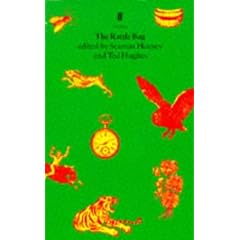Happy Birthday Beethoven!
Today’s Beethoven’s birthday, and a great opportunity to forget about the daily grind and be mindful of incredible and beautiful and passionate music that’s resonated for generations–and the person who created it.
NAXOS has some nice recordings, if you want to listen to Beethoven online. I’ve been foisting the famous Furtwangler/Berlin Philharmonic wartime recording of the 9th Symphony on my colleagues today (yes, I’m in a cubicle), plus some Kreisler recordings of the Violin Sonatas, Brendel playing the Piano Concertos, and the soundtrack to Immortal Beloved, (available to borrow from our collection in VHS if you still have one of those), the film about his life starring Gary Oldman.
Other videos in our collection include Clockwork Orange which makes famous use of the 9th Symphony, and the DVD of Daniel Barenboim leading the 5th Symphony at the Ramallah Concert in the West Bank–a very moving event. For pure listening, on the second floor you can find a lot of CDs too.
I guess I know all the things everyone knows about Beethoven: his brilliant pianism, his moods and passions, the fact that he became deaf, which we always learn about as children and then kind of take for granted, but on serious reflection is almost incomprehensible considering he was a musician and composer.
Anyway, aside from those cliché things, I don’t know that much about him. Fortunately, there’s a biography and analysis in Oxford Music Online (formerly Grove). I’m thinking about borrowing Maynard Solomon’s biography from the library, although at 500 pages, it’s kind of a big commitment–luckily there’s a long winter break coming up!
 In 1984, poets
In 1984, poets